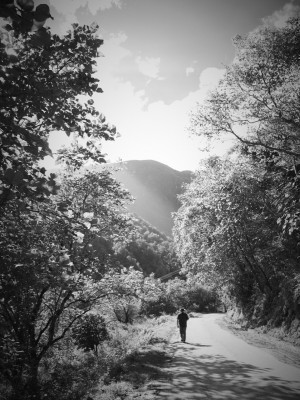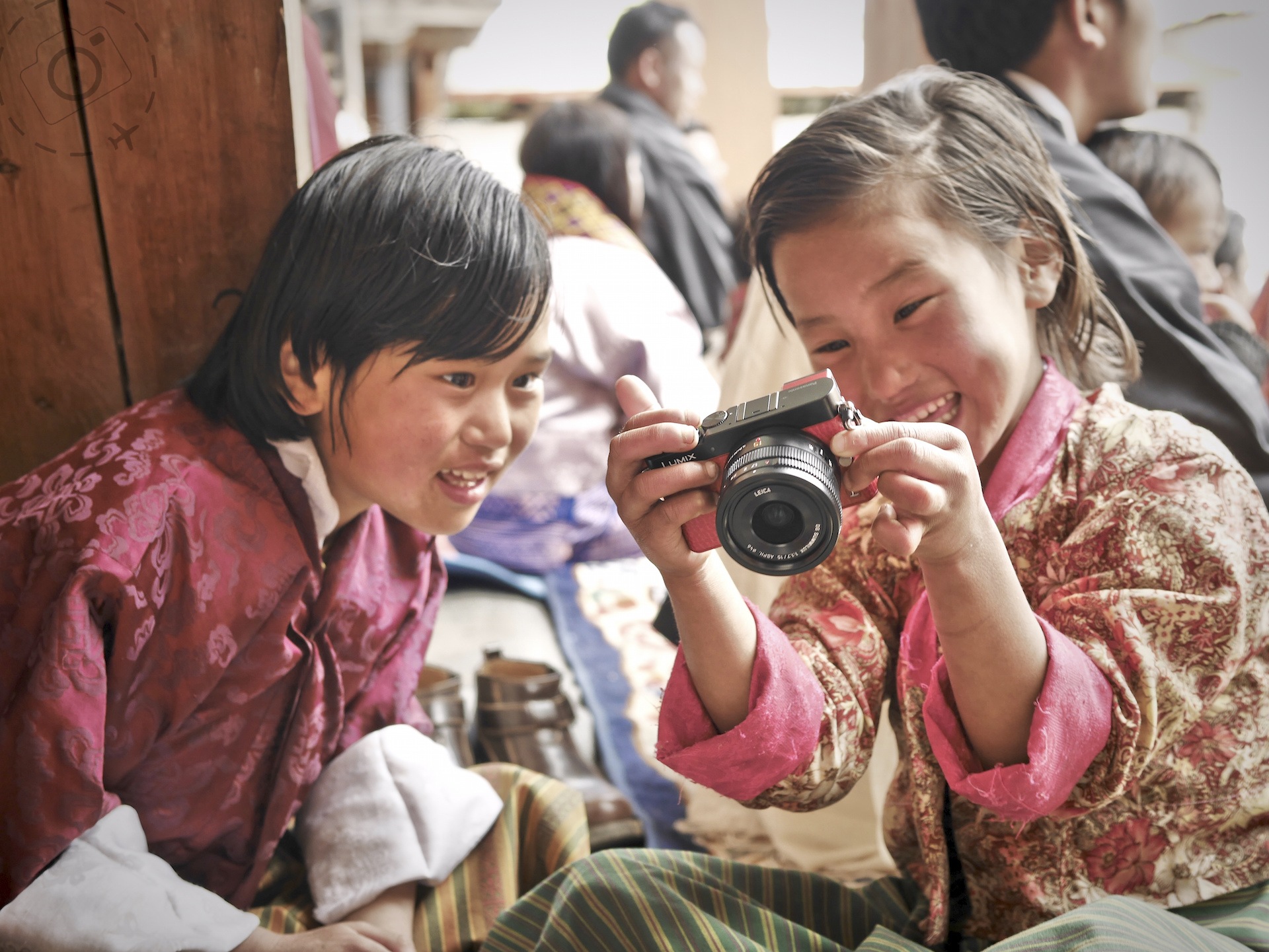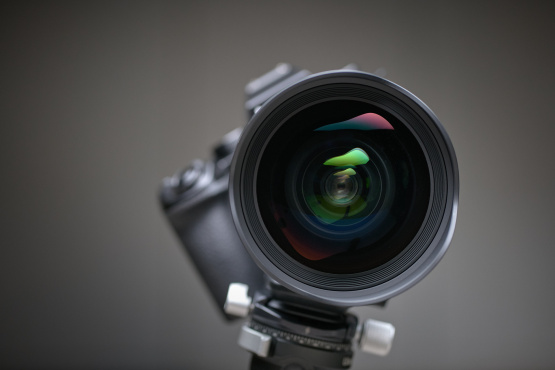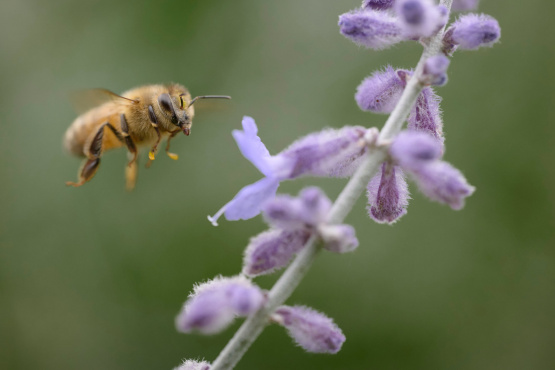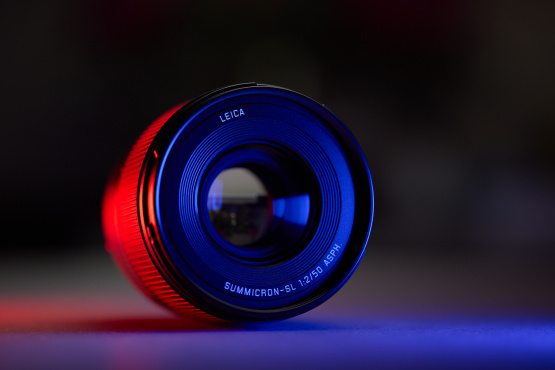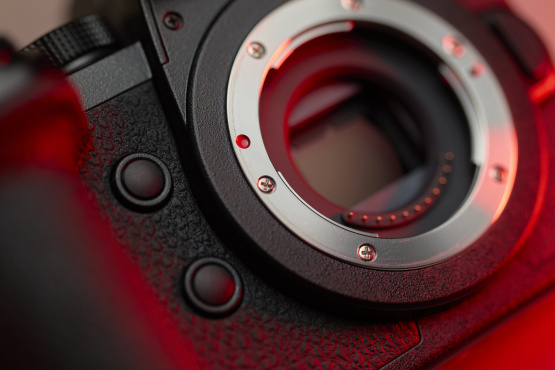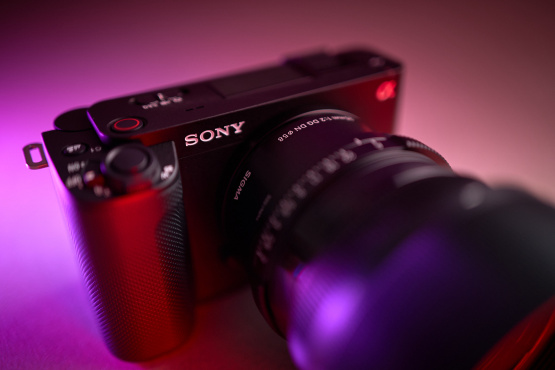Spending two weeks in Bhutan with the new GM5 was an experiment in extremes for me, a test of just how modest your packing list can weigh while still shooting with quality glass. In recent years I’ve visited these same destinations in Bhutan many times, but this year I had a new perspective on it. The GM5 is the smallest of the micro four thirds I’ve worked with, an order of magnitude away from the DSLR alternative.
I’m often asked by travellers on my photography tours whether they need a big camera for Bhutan, or will a small camera be just as good. For the majority of photographers who journey into the Himalayan hills they’ll end up taking better pictures with a GM5 than whatever they’re carrying now. It’s unobtrusive, it’s convenient and it’s fast. Most owners of a DSLR don’t buy the best lenses, in which case you’re carrying a heap of extra weight for no good reason. The GM5 really puts the question of size into perspective.
High Speed Action
On a sunny day at the tcheshu I wanted to use a very shallow depth of field and isolate the action. In full sunlight it can be hard to work at f/1.7, so to my surprise the GM5 was able to roll through to very high shutter speeds of 8000th of a second. Many affordable DSLR models don’t go this high, making the dollars spent on fast lenses a little less appealing on a bright sunny day.
This ability was a major win for me, it made the difference in many difficult situations. I like to use that shallow depth of field to highlight my subjects, and it’s frustrating when I’m shooting in strong light but have to step in the aperture a little because the shutter can’t give me a fast enough exposure. With dozens of dancing monks swirling and twirling around a temple, the combination of fast shutters and wide apertures is ideal.
I always recommend buyers look for the best lens they can afford when adopting a camera system, but you need a good camera to match the fast and wide lenses. Full points to Panasonic for keeping this end of the specifications at the top level. It allows photographers to get the best out of the fast lenses and maximum value for their investment.
Battered and Worn
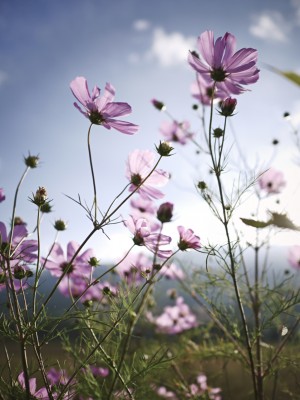
There is a major challenge shooting action with the little cameras. The demands of electronic viewfinder and a bigger than usual lens, such as the 35-100mm f/2.8, means the little batteries in the GM5 get drained pretty fast. The lens you mount can make the biggest impact, but spending a couple of hours patiently waiting for the right moment to click will also push the limits of your batteries.
At these festivals I often pick out a spot, frame up a shot and simply wait for the monks to dance into the right part of my composition. All the while my shutter finger is half pressed with a pre-locked focus, so the lens and viewfinder are both fully active with little respite. It’s a punishing regime on the smaller camera bodies, but not intolerable. I had three spare batteries in my bag and at the end of a long morning shooting over 1000 frames I still had two of them ready and waiting.
Managing the power consumption was more of a perceived problem than reality, and in hindsight I could have been more confident about how much juice I was packing.
Long Lens Action
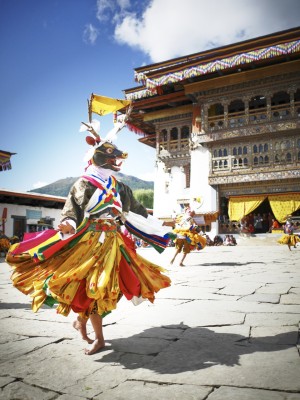
Dancing monks are pretty tough to tame through the lens, they move quickly and change direction a lot. The 35-100mm f/2.8 lens proved very capable in chasing them across the courtyard, fast to grab a lock and delivering a similar response to what you expect from a DSLR scaled 70-200mm. The depth of field at f/2.8 is pleasing, but most importantly the images it throws back are very high in contrast and tonal range. Even when shooting in the shade this telephoto lens delivers crisp and sharp frames.
This is a chunky lens compared to the camera itself, but the performance was uncompromised. I had used this lens before on the GH3, a more more elaborate and DSLR-like configuration, and it looks the part. The good news here is that anyone who already owns a bigger MFT camera body with some top shelf lenses can expect similar performance and quality from the teeny tiny GM5.
Display versus LVF

When I first grabbed the gm5 I looked at the viewfinder and decided to ignore it. It's tiny. I didn't see how such a small interface could be useful when shooting. But the rear display is tiny too. After a few days of shooting I wasn’t happy with my compositions and was struggling to get my mojo rolling. I had travelled this part of the world a year before with a mirrorless camera and still managed to enjoy the experience of composition, this time frames weren't working out so good.
It turns out size does matter and the amount of information you feed your eye is critical to your creative process. I was used to the richness of detail through the viewfinder of a full frame DSLR, so the side of the rear display was an additional adjustment for my brain. I soon discovered that using the LVF on the GM5 gave me far better compositions than using the rear screen, it turns out I could see much more through the LVF. I had been too quick to write off it's value.
Once I started to view my compositions with greater detail I got my mojo back and found greater enjoyment with the autofocus system. Having an f/1.4 lens to shoot with is great but you need to be able to control that shallow plane of focus. The LVF is hard to beat at that point, and while it’s not the same size as a Hasselblad it does the job better than my prejudices would have thought.
This isn’t a minor issue in fact. Imagine the difference between evaluating a print at 4x3cm versus 8x10", you just see more of the detail with a bigger print and can appreciate the composition better. Same goes when composing through the lens. The bigger you intend to display your images in print or on screen then the more valuable a good viewfinder becomes.
When Size Matters
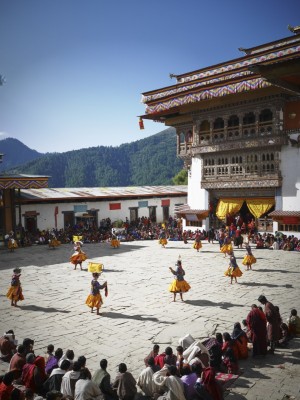
I’m used to lugging around a professional kit of cameras and lenses, so the light weight and compact packing of the GM5 and lenses made for a genuine treat while travelling over some familiar territory. Less weight also means less space for your hands to get around the gear, making some aspects of the controls a little difficult. There is always a trade off between functionality and size. Panasonic have done a great job to keep the camera clean however, getting the balance right between having enough dials and buttons for ease of access, while keeping space on the body for ease of handling.
I looked pretty funny when I ran into Peter Eastway at the Tamshing Festival. Peter had an f/2 telephoto lens on loan from Nikon that took up most of his backpack. I had a pair of GM5s on loan from Panasonic that took up half a lunch box. The difference was stark. If you’re going to aim for travelling light you may as well go all the way.
Walking around the festivals with a GM5 in the hand was completely the opposite of my usual role. It’s hard to hide a DSLR, it tends to become a distraction both in size and attention. The GM5 was dramatically less intimidating to my subject, offering a subtle but useful advantage when chatting up old ladies and asking them if I can take a photo.
Versus DSLR
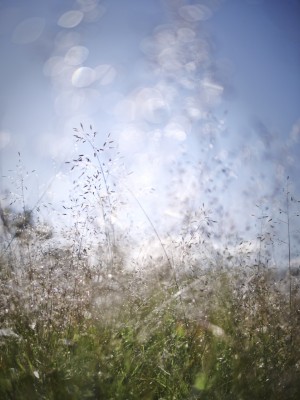
The most common question I get asked about travelling to Bhutan is “Do I need a DSLR to shoot this trip or will a smaller camera be just as good?”
I have avoided treating this opportunity to travel with a GM5 as a direct comparison with DSLR. There’s always trade offs with scaling down a camera system, just as there are trade offs when scaling up. Bhutan is an amazing travel experience for photographers and will push your skill to the limit, as well as your gear.
It’s a different experience to carrying the heavy kit, and there’s no reason you can’t get sensational cameras. What amazes me about the GM5 is just how much you can capture without carrying around a bigger model such as the GH3. That’s the real comparison here. The MFT lens system delivers a wealth of options for the photographer and the GM5 is simply the smallest package I’ve seen to match the lenses.
I work camera batteries pretty hard, I can easily shoot 1000 shots in a day and often much more. Battery life is pretty good on the GM5 given the high demands of a rear screen, but the real issue here is how you change your behaviour in anticipation of trouble. Having the Lumix powered down when not shooting meant that I missed a few moments, whereas the DSLR stays on all the time and springs to life in a fraction of a second.
I’ve discussed how a smaller screen or view finder can affect your ability to compose shots, a problem not unique to the GM5. The final major difference for my style of photography is the ultra shallow depth of field, because f/2 on a DSLR is much more dramatic than f/2 on the GM5. It’s a creative difference that affects mostly people who carry large heavy primes.
I’m a very biased DSLR shooter essentially, and yet I can travel around Bhutan for two weeks with a GM5 and gather an embarrassingly huge collection of fabulous images.There really is no reason you can’t do this trip with a MFT camera, and it appears the smallest of the pack is up to the job as well.
